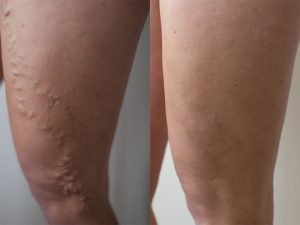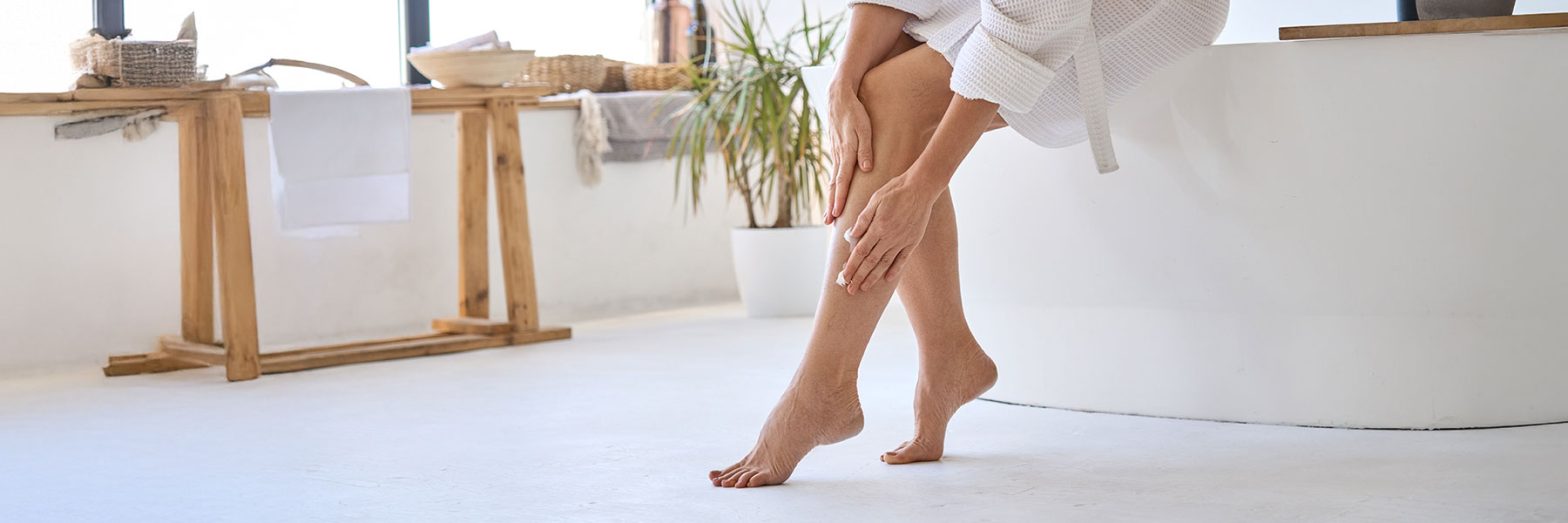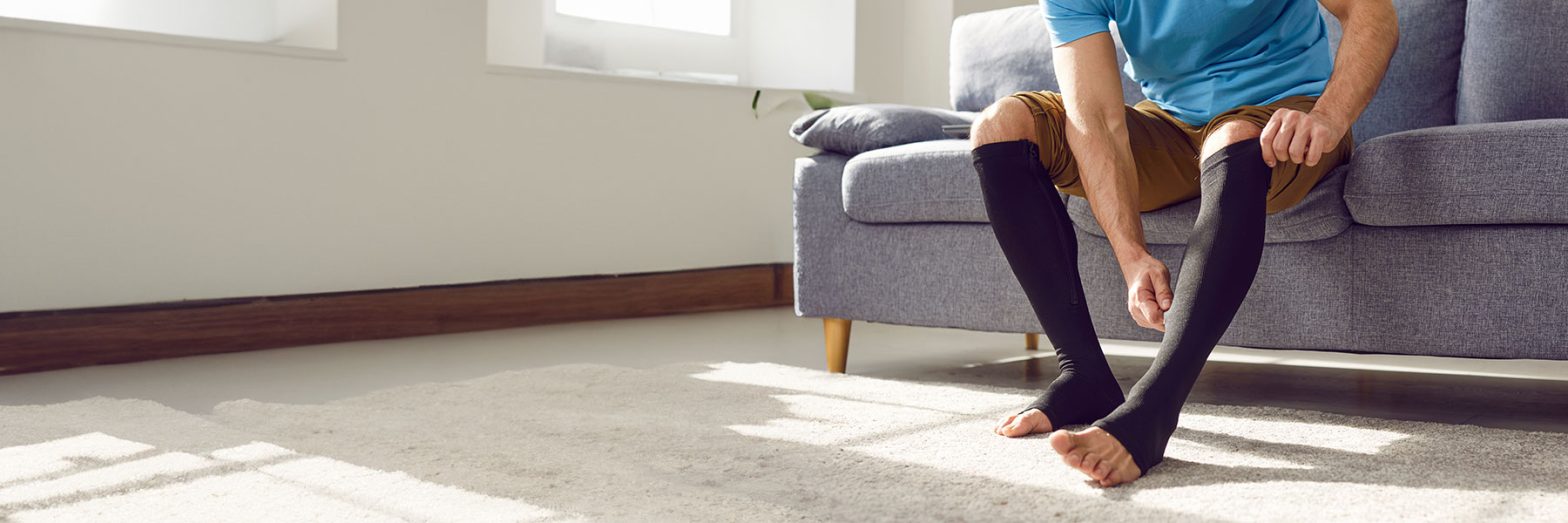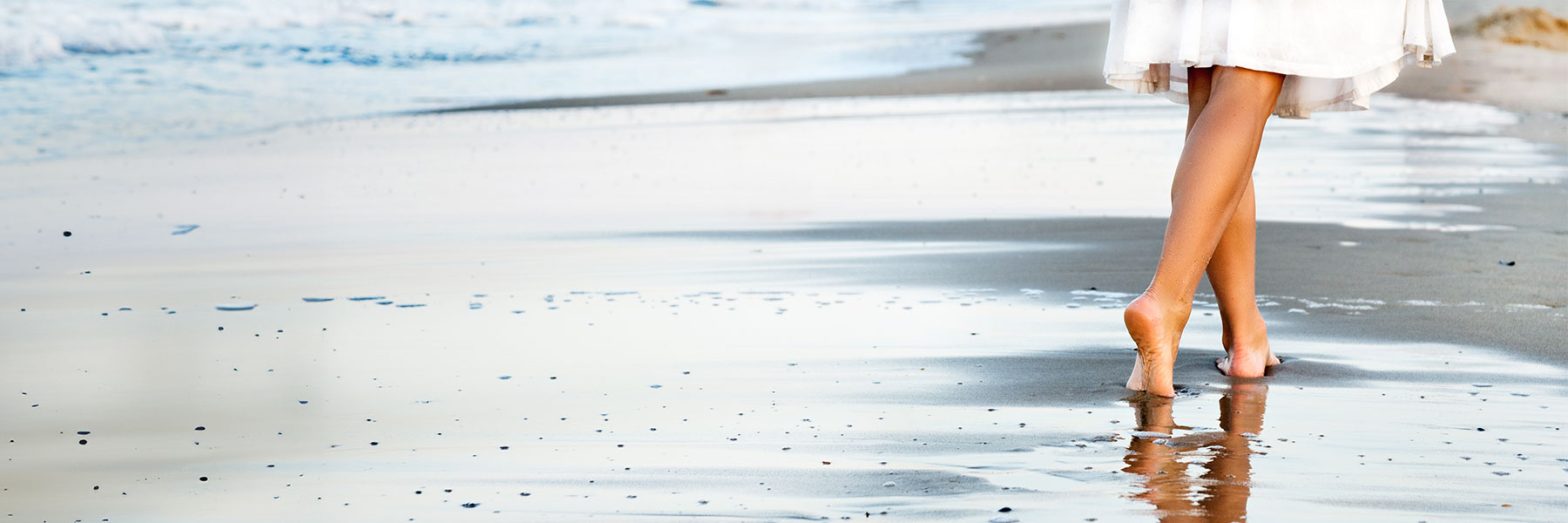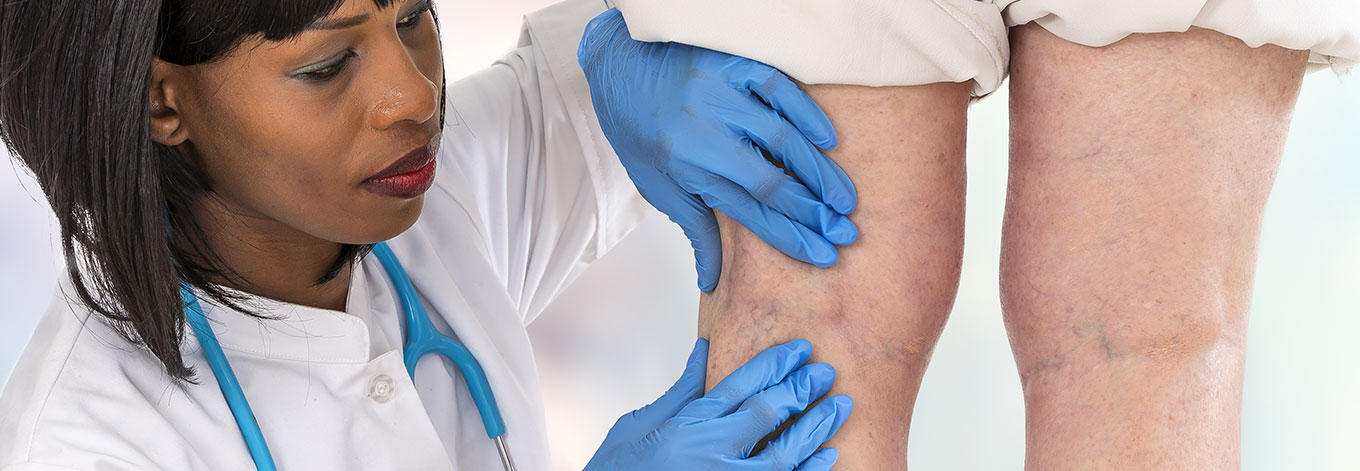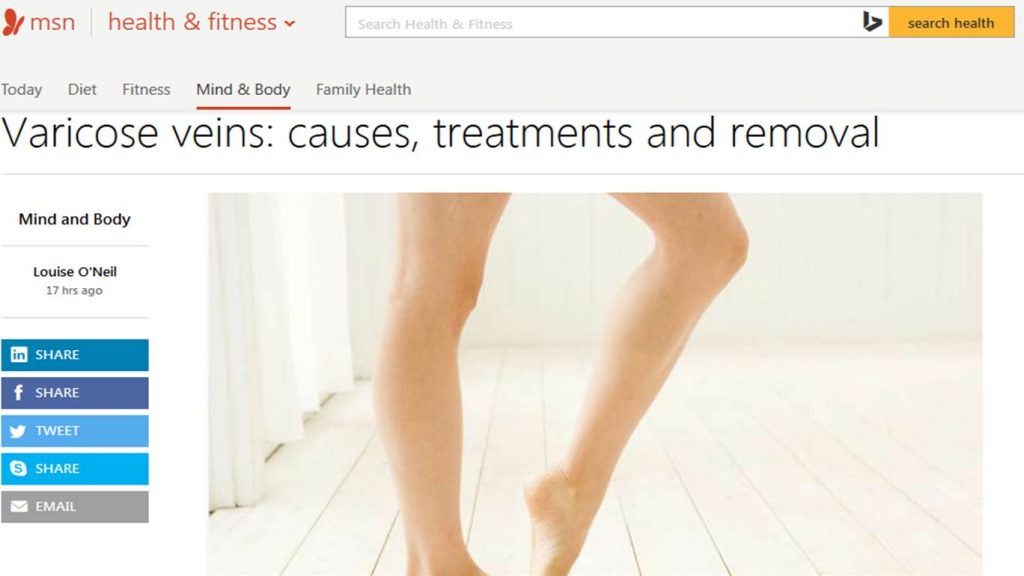
Varicose veins: causes, treatments and removal
VEINS
MSN
What causes varicose veins?
It’s a misconception that varicose veins are a problem confined to the baby boomer generation. In fact today, doctors are regularly treating young, fit, healthy people in their 40s, 30s and even 20s with the condition.
And contrary to popular opinion, the veins aren’t caused by sitting with your legs crossed for too long, or standing up for hours on end.
“There is one main fundamental cause for varicose veins,” says The Private Clinic’s Consultant Vascular and Endovascular Surgeon, Mr Constantinos Kyriakides. “And that’s genetics. In more than 80 per cent of cases, varicose veins occur in people because they are already genetically predisposed to them.”
Varicose veins are formed when the walls of the veins become stretched and lose their elasticity, causing the valves to weaken.
If the valves don’t function properly, this can cause the blood to leak and flow backwards. If this happens, the blood will collect in the veins, which will become swollen and enlarged. Pregnancy can act as a trigger, as hormonal changes in the body can cause the vein walls to relax, making them prone to leaking.
“Pregnancy can cause these veins to appear sooner than they otherwise might have done,” says Mr Kyriakides. “As can obesity, though to a much lesser extent.”
I ticked all three of these boxes: genetics, pregnancy and weight gain. Varicose veins run in my family and in each of my pregnancies I managed to put on over four stone in weight. After my babies were born the weight came off, but these horrid, lumpy veins remained in my legs.
I felt so self-conscious about them I no longer wanted to wear the clothes I loved. I felt that I had the legs of an 80-year-old woman 40 ears too early. My son’s friends would unashamedly ask what was wrong with them. I began to look into treatment options.
Can varicose veins be removed by the NHS?
There is a postcode lottery at play if you wish to get your varicose veins treated on the NHS. In many areas, the criteria is extremely strict and treatment will only be given if your health is seriously at risk.
Mr Kyriakides, who also works as a Consultant Vascular Surgeon for the NHS at Barts, explains: “For varicose veins there’s a huge discrepancy between how Clinical.
Commissioning Groups [doctors’ surgeries] view this condition across the country. Some will only fund treatment for varicose veins if they meet three strict criteria:
“1: The patient has an active leg ulcer caused by varicose veins.
2: The patient has experienced internal bleeding from the varicose veins that was severe enough for them to attend hospital (a potentially life threatening condition).
3: The patient has experienced three or more episodes of thrombosis – a painful condition that runs the risk of becoming deep vein thrombosis.”
Other CCGs will allow a patient to be treated if the veins are painful or causing the patient discomfort.
I just wanted mine removed because I felt self-conscious.
My experience:
I went to visit Mr Kyriakides at The Private Clinic on London’s Harley Street for a consultation, where my legs were scanned using an ultrasound machine to see how the veins were behaving.
I had two large varicose veins running from my pelvis down to my knees (caused by pressure from the babies during pregnancy) and further varicose veins in my calves.
He explained that the larger veins could be treated using the Endovenous Laser Ablation technique – or EVLA, which is recommended by the National Institute of Health.
EVLA involves the surgeon using ultrasound, so that he can access the vein along the whole of its course and treat it in its entirety. The vein is effectively cauterised, drying out the cells that make the vein wall and ‘killing’ them so they are absorbed by the body over three to 12 months.
EVLA offers fewer complications than actual vein removal, patients recover more quickly (in three days, rather than 14) and there is a 0.3 per cent chance of the varicose veins reoccurring following treatment.
The smaller, tributary veins in the calves needed to be removed using a process called micro phlebectomy, where the vein is taken out. This can be done once the main vein is cauterised and gives a good cosmetic result.
The surgery took one hour and was straightforward. Numbing cream was applied to my legs before the operation, which was performed under local anaesthetic.
I was given support stockings to wear for the next two weeks and advised to take ibuprofen if I felt uncomfortable. I only needed to do this on the first night.
The results
After a few weeks the bruising faded and I couldn’t believe the results. My pre-pregnancy legs were back! I felt like myself again, rather than a 40-year-old woman with a much older body. Shorts are now no longer off limits – along with the knee-length skirts and dresses I love to wear. For me, it’s no exaggeration to say this surgery has been life-changing.
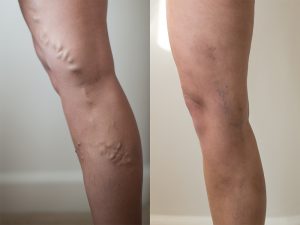
I asked Dr Kyriakides if he sees lots of women my age in a similar position.
“It is a misconception that this is a problem for the elderly,” he said. “I see a lot of people in their 20s and 30s. Some of my female patients, who’ve had varicose veins for most of their lives, tell me that they’ve been able to completely change their wardrobes and buy the things they’ve always wanted to wear.
“But I also see a lot of men in their 40s and 50s who have very heavy, tired legs. They see the varicose veins – but they don’t realise this is what’s causing their legs to feel this way.
“Once the veins are treated, they are able to exercise as much as they want to. They thought that their age was causing them to feel tired – but it was actually just the veins.”
